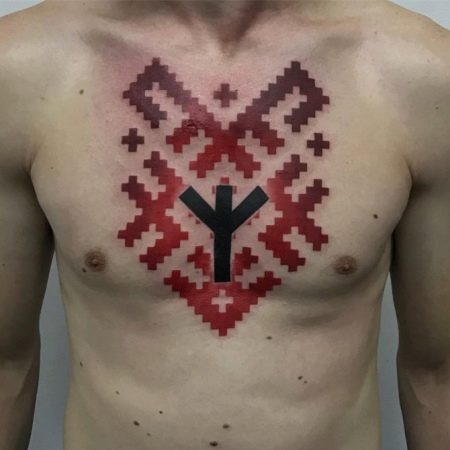Varieties of tattoo "Slavic runes" and their meaning

The symbols of the runes that came to us from the Slavs could be seen on trees, stones and even on bodies. It was believed that these signs are a talisman that not only protects, but also attracts good luck to the owner in many areas. However, in order for the symbol to fully manifest its power, it was important to apply it correctly to the skin. A small mistake on the part of the tattoo artist is enough and the image will become a real curse.


Peculiarities
It was customary among the Slavs to leave tattoos on their bodies. Various images made it possible to better understand which tribe or community a person belongs to. It was easy to do with your own totem, which was a plant or animal. Drawings on the body were considered amulets that were able to protect against angry gods and various impure forces. Tattoos could also show that a person worshiped a particular deity.
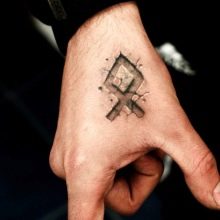
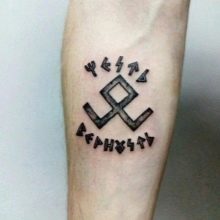
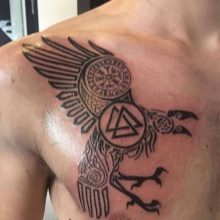
For some Slavs, images made it possible to make a memorable note about special events that happened in their lives. Wearable drawings were made exclusively by the Magi (pagan priests). It was believed that it was they who had Vedic knowledge, special magical powers, and they were associated with other worlds. It was assumed that the runes were applied not only to the body, but also to the human aura.
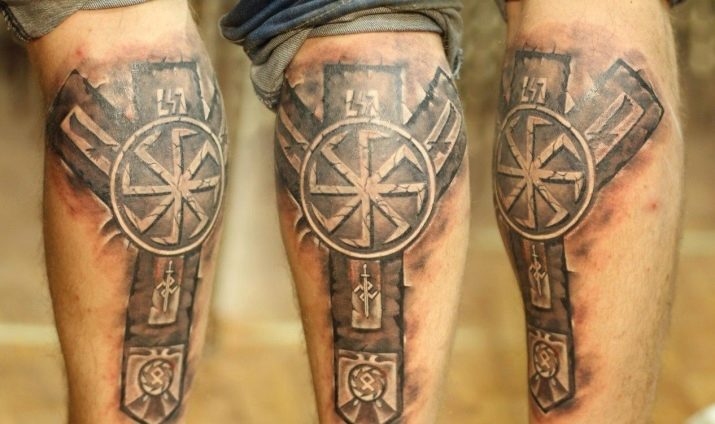
Before each important stage in the life of the Slavs, they applied drawings to bodies. This was a kind of motivation to achieve the set goals. Tattoos were done only for those people who have not yet reached the age mark of 30 years.
It is worth noting that the images could be applied under clothing (invisible) or on open areas of the body: neck, arms, face (visible). The first version of the tattoo had a sacred meaning, and the second was used for demonstration.
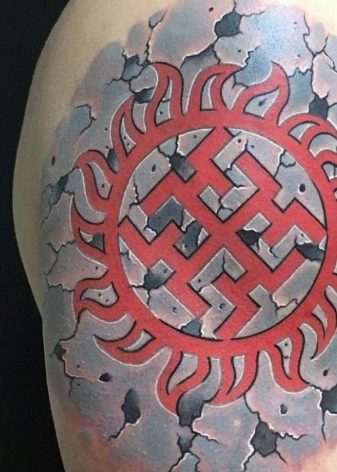
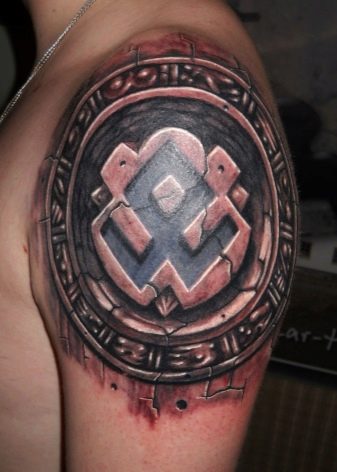
Wearable evidence can be found in records made by the Arab traveler and writer Ibn Fadlan in the 10th century. He visited Russia, or rather the territory next to the Volga River. During his travels, he repeatedly saw tattoos on the skin of local residents in the form of trees, dragons, birds and various geometric shapes.
In the 11th century, body drawings are practically not mentioned, which can be explained by the baptism of the population, which was carried out everywhere in Russia. It was at this time that the eradication of paganism and Slavic tattoos began as part of this religion. However, it should be noted that no religion denies the presence of images on the body.
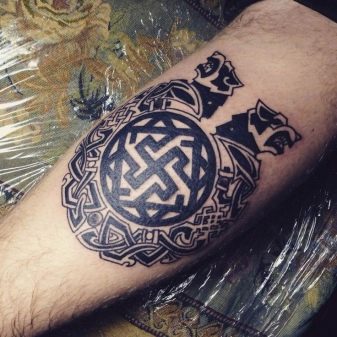
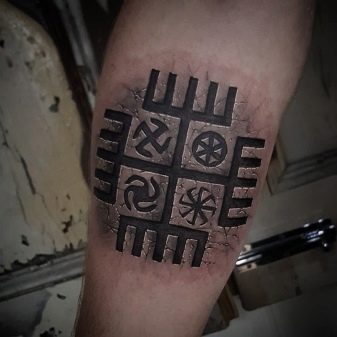
Gradually, the ancient tattoos of the Slavs and their meanings began to be forgotten. Only a few people put small drawings on those parts of the body that are difficult to see. Quite often, an image was made with a Kolovrat. Currently, the tattoos of the ancient Slavs began to gain popularity again. Most often they are done to activate their own abilities and protect from trouble.
It is worth noting that, in general, body images have not undergone changes since ancient times. The most widespread are tattoos with pagan gods. Moreover, most of them were created in modern times according to the surviving descriptions of the Old Slavic tribes.
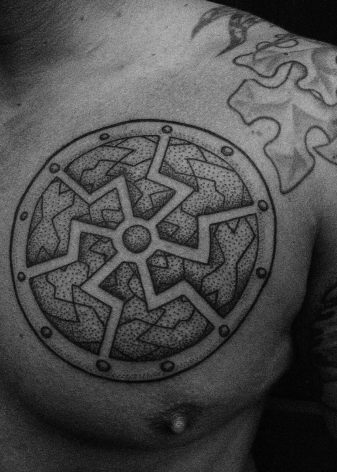
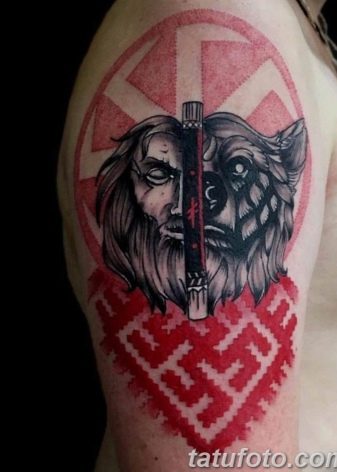
It was believed that the tattoo "Slavic runes" had a positive effect on human destinies.
- Allowed to strengthen health, increasing immunity and saving from terrible ailments.
- They served as amulets from the influence of black magic, demons and spirits.
- Contributed to the disclosure of creativity, as well as the development of abilities.
- They gave the opportunity to learn calmness, acceptance of various situations, and waiting.
- Allowed to increase life expectancy.
- Provided support in achieving goals and implementing their own plans.
- Promoted harmonious development.
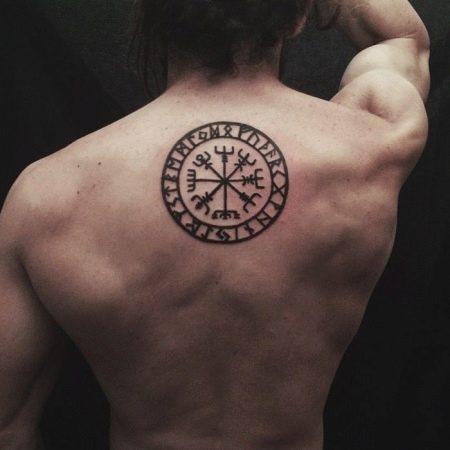
The theme of Slavic tattoos is very diverse, but the main characteristics can be distinguished.
- Borrowing Gzhel and Palekh symbols.
- The use of images from epics and songs.
- Patterns from the first written sources of the Slavs.
- Whole copies or parts of paintings by Russian artists.
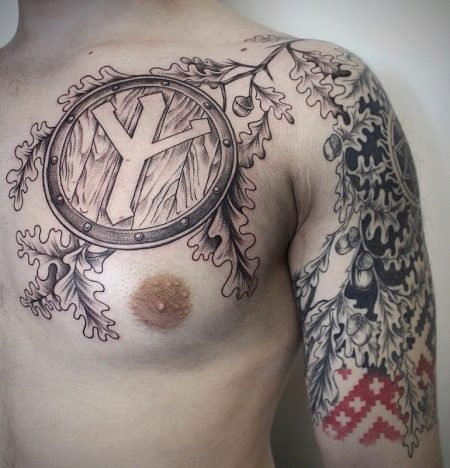
Of course, the main inscriptions among the ancient Slavs were made using runes. This topic is developing today, merging with other genres, which allows you to get new plots and even topics.
Views and sketches
Old Slavic runes could have a variety of meanings, ranging from the name of a certain deity and ending with the words behind which stood powerful forces. Thus, when such symbols were applied to the body, they became protection for the wearer. However, before deciding on a particular rune, you should find out what it symbolizes. You can also combine one or more runes in the form of original formulas.
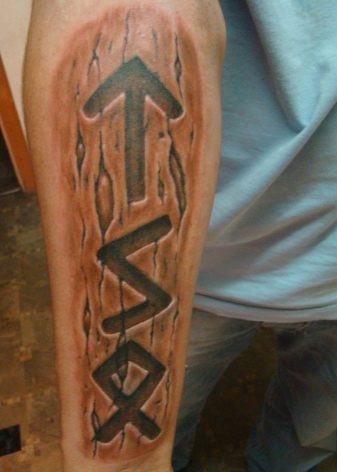
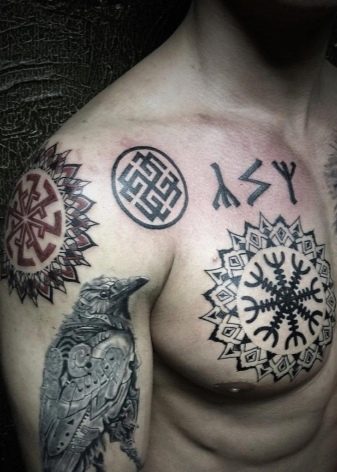
Experienced tattoo artists recommend, after the formula is chosen, to listen to the sensations within yourself. If the slightest negative waves are felt, then it is better to refuse this tattoo. It is important that it is perceived exclusively positively. Among the many runes, certain variants are considered the most powerful.
Peace
One of the most important runes, which symbolizes the union of man with God. She is able to inspire her bearer, enrich him with creative powers, and contribute to the disclosure of her potential. The owner of such a rune is drawn to gaining new knowledge in order to bring harmony inside himself. Perfect for those who want to drive away various anxieties and stop succumbing to worries and fears. Also, the symbol becomes a reliable amulet.
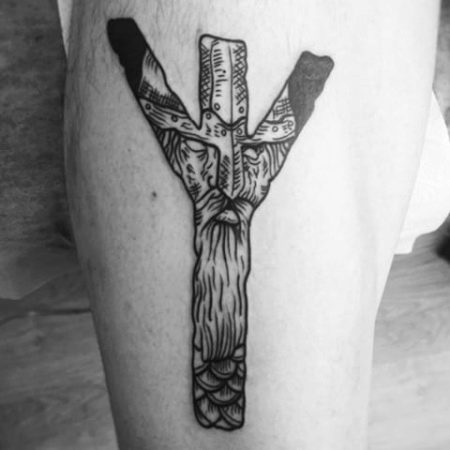
Chernobog
This rune means destruction, which allows you to throw away all unnecessary things in order to start a new life path. The ancient Slavs gave the symbol an extremely negative connotation.
It was believed that death and chaos were concluded in the sign. But it is with them that changes begin, including for the better.
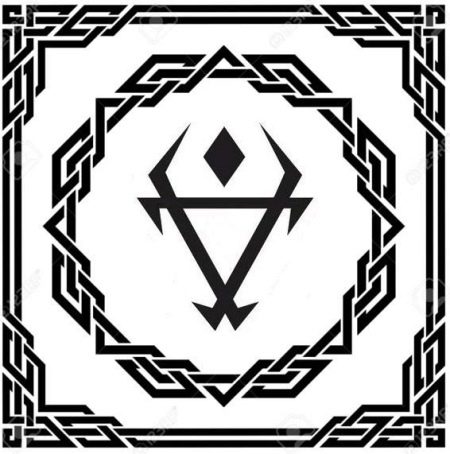
Rainbow
If you want to put your life in order, then this rune is just perfect. As a rule, it means a path that allows a person to equalize their sides of good and evil. A tattoo with such a symbol contributes to finding peace and brings stability. Also, the rune is great for travelers.
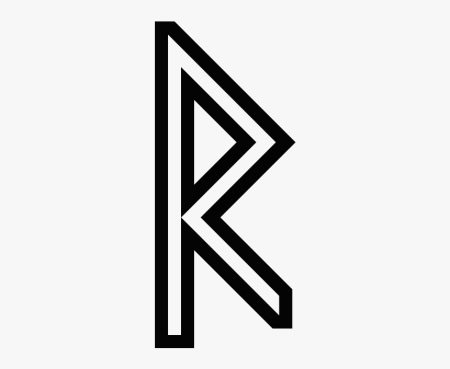
Alatyr
In this Slavic rune, you can see the creation of life itself. A tattoo with this symbol will push you to deep introspection, which in the end will only lead to the best. The sign promotes gradual changes and self-confidence. Alatyr can sharpen intuition and lead to making the right decision. However, the inverted rune pushes you to rash actions, which ultimately lead to trouble.

Krada
Symbolizes fire and creativity. This rune is able to cleanse the soul of everything bad, reveal itself and give inspiration. It is often used to focus on the main goal, to get rid of negativity and attract good luck.
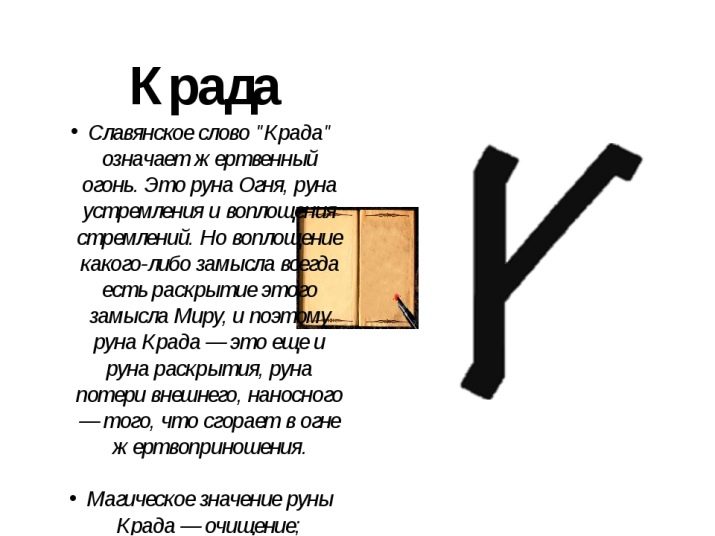
Need
This rune means restriction. It is also associated with inaction or acceptance of one's fate as an evil fate. In the inverted form, the symbol "Need" indicates a complete absence of desires. Its bearer, as a rule, does not even want to change anything in his life, just going with the flow without the slightest resistance.
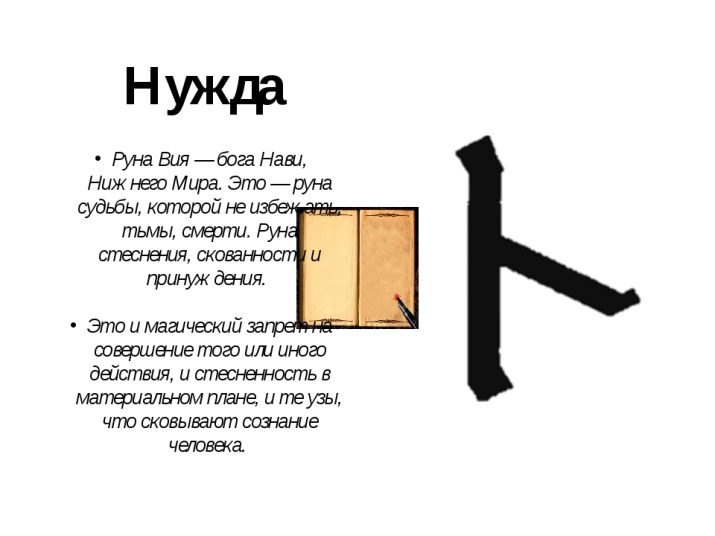
Force
The power of the sign gives vitality and fills with optimism. The owner of such a tattoo becomes a brave, courageous and victorious warrior. The inverted symbol brings indecision into the wearer's life.
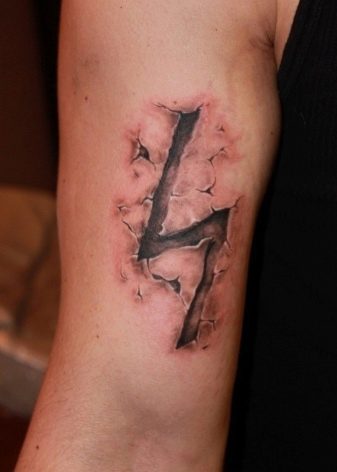
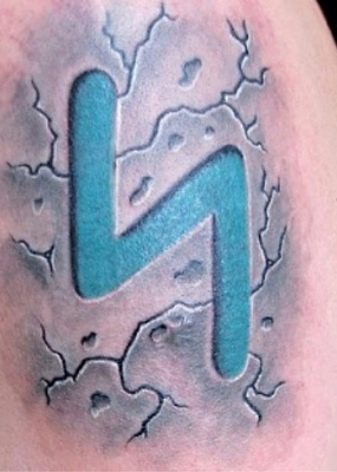
Treba
The Old Church Slavonic sign symbolizes self-sacrifice. The rune requires active action and, if necessary, even make sacrifices to achieve the best. A tattoo with the "Treba" sign means that it is time to bring a change to life. In the event that the rune is turned over, it can lead a person to wrong actions.

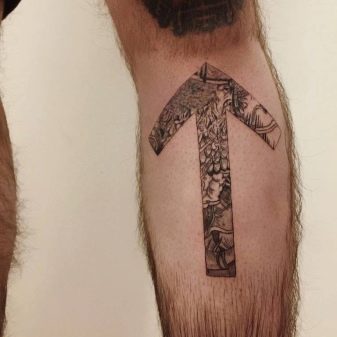
Bereginya
The rune "Bereginya" was created for women and symbolizes fertility, beauty, wisdom, wealth, feminine strength. Such a tattoo will make the owner even more attractive. It is also applied to the body if they want to become a faithful and economic wife, to facilitate childbirth. But in an inverted form, the rune should not be stuffed, since it is associated with a bad fate and problems in the family.

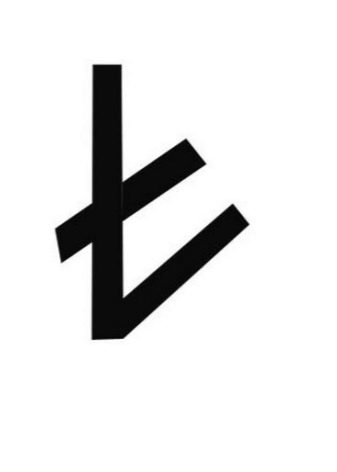
Wind
The symbol inspires to explore oneself and find the right path in life. With the discovery of the truth, the owner of such a tattoo can reveal his hidden abilities.
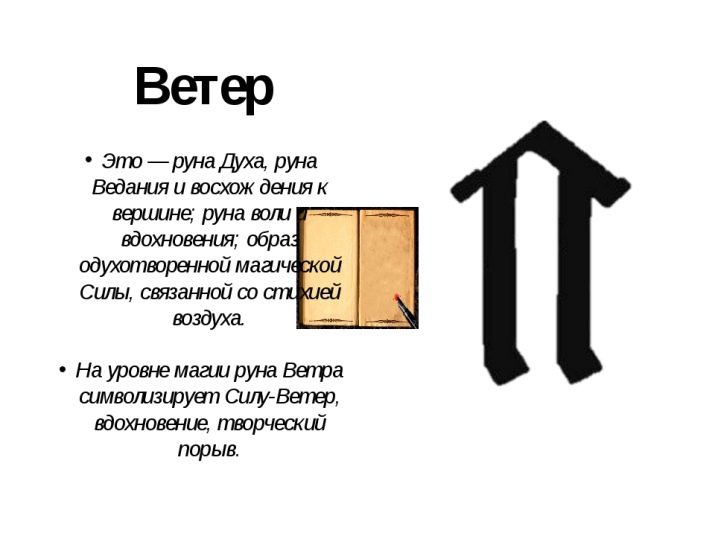
Lelya
The rune symbolizes the element of water. When applied to the body, it improves intuition and enhances femininity.
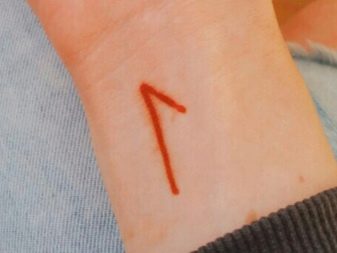
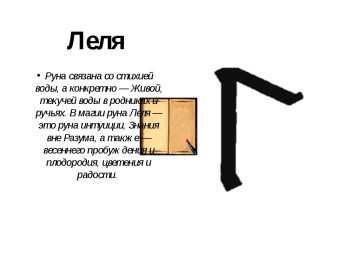
Oud
An exclusively masculine symbol, which means the awakening of vital energy, unbridled passion, youth. Tattoos with the "Ud" rune are associated with fertility in various spheres of life. An inverted symbol can weaken masculine strength and drain vitality.
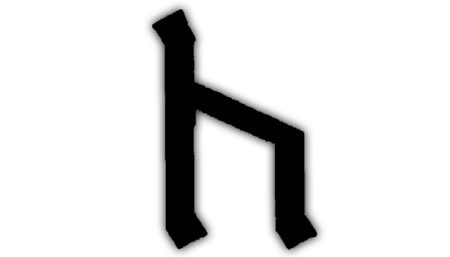
Support
A rune that helps to overcome life's difficulties, eliminate financial problems, and achieve well-being. In an inverted state, a tattoo can symbolize various difficulties that you will have to face on your own.
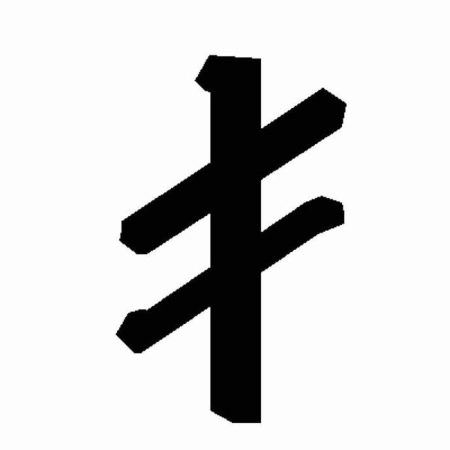
Rock
This sign symbolizes that what happened cannot be changed. A tattoo with the "Rock" rune should be applied if you want to completely rewrite your own destiny. It should be noted that the symbol does not have a mirrored designation.

Dazhdbog
The rune is a very strong amulet that will attract a bright streak to life. A tattoo with this symbol makes it possible to realize goals, helps to make the right decisions and achieve what you want. In the inverted state, the sign "Dazhdbog" is associated with calmness, rest, filling with energy.
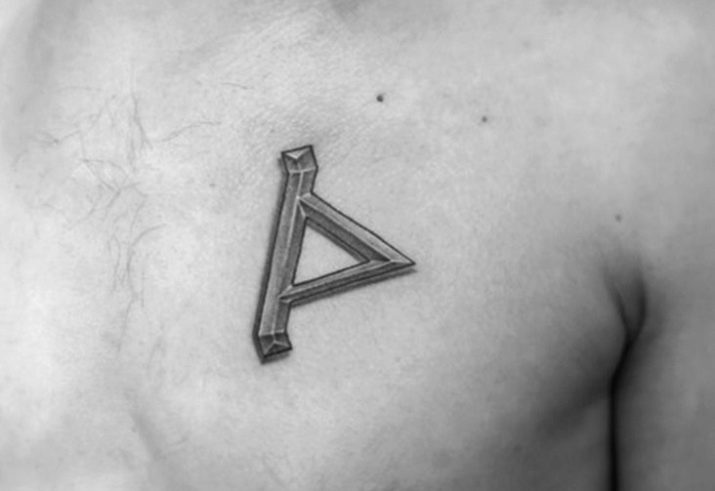
There is
The main meaning of this symbol is to endow a person with determination and a strong character that will allow him to cope with any difficulties. The inverted rune encourages you to think carefully about everything and only then act.

Source
The symbol helps to slow down processes, which gives time for analysis and reasoning.As a result, the owner of such a tattoo will accurately achieve goals, without mistakes.
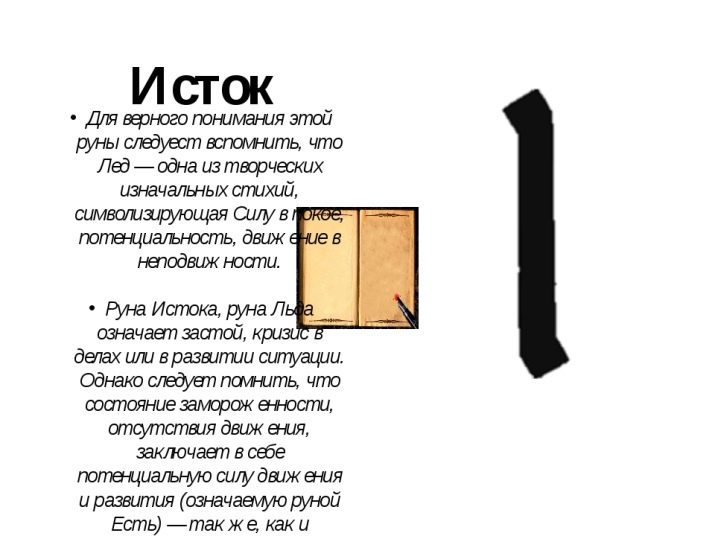
Perun
This rune is associated with victory. The owner of the Perun symbol is able to achieve any goals and at the same time sacrifice everything that is needed. Success will have to pay with money, personal life, mental anguish, or whatever fate wishes. In the inverted state, the rune means weakness and passivity.
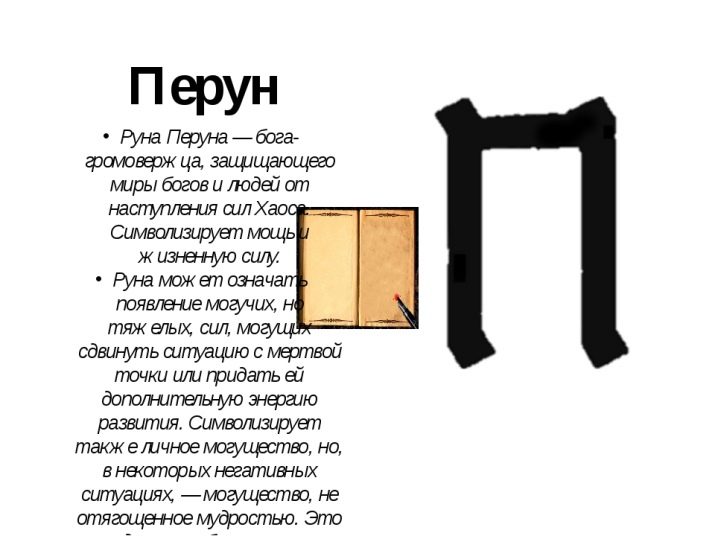
Picture 1
Styles and colors
Currently, tattoos with Slavic runes are becoming relevant again. Traditionally, such images are performed in black or red shades. In ancient times, it was customary to add a drop of blood to the paint. Among modern masters, a colored background is often chosen for Slavic tattoos, shadows and other effects are added.
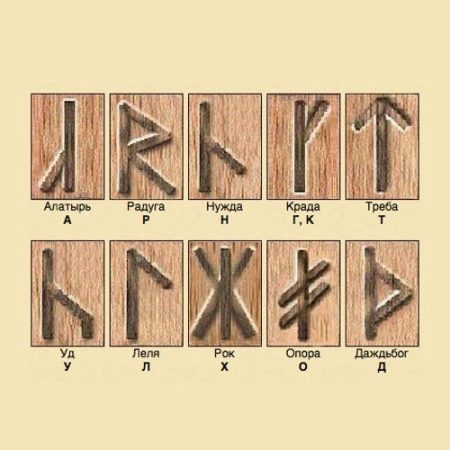
Picture 2
Quite often, the symbols of the Slavs are complemented by ornaments based on rhombuses, squares and other geometric shapes. Also, waves, crosses with six ends, dots, solar symbols, patterns of the Scythians, a totem animal, pagan deities can act as accompanying elements for the runes.
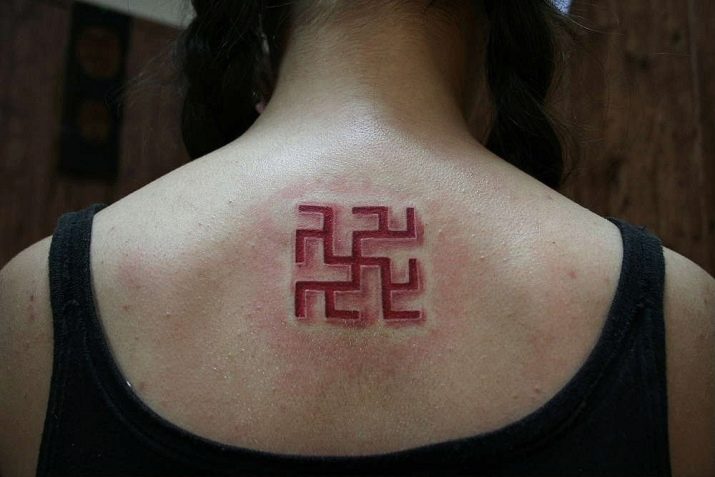
Figure 3
In terms of style, preference is given to blackwork and watercolors. The latter is especially liked by women when the runes are performed as if they were really watercolors. Men often opt for the tribal style with original patterns. Slavic symbols in a graphic style will also look good.

Figure 4
Accommodation options
Runes attract with their simplicity, but before applying them to the body, you should carefully choose a place for them. Preference should be given to those parts of the body that remain motionless. Minimalist tattoos will look good on the neck, back, lower abdomen, shoulder, leg or chest. On the hand, in particular on the shoulder and forearm, Slavic symbols are not recommended to be applied, as they can turn over and change their meaning. The ancient Slavs put small inscriptions on the wrist as amulets.
